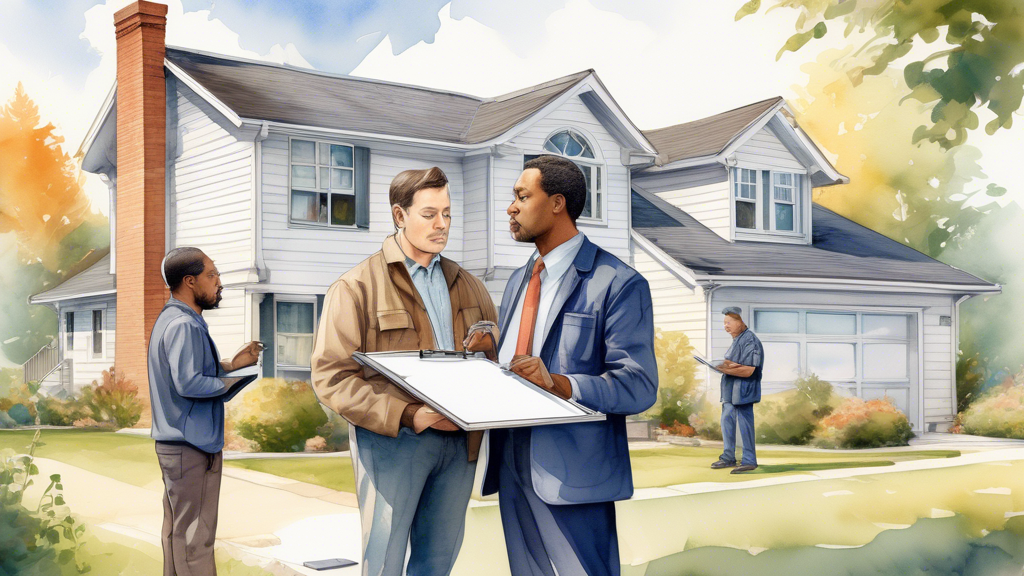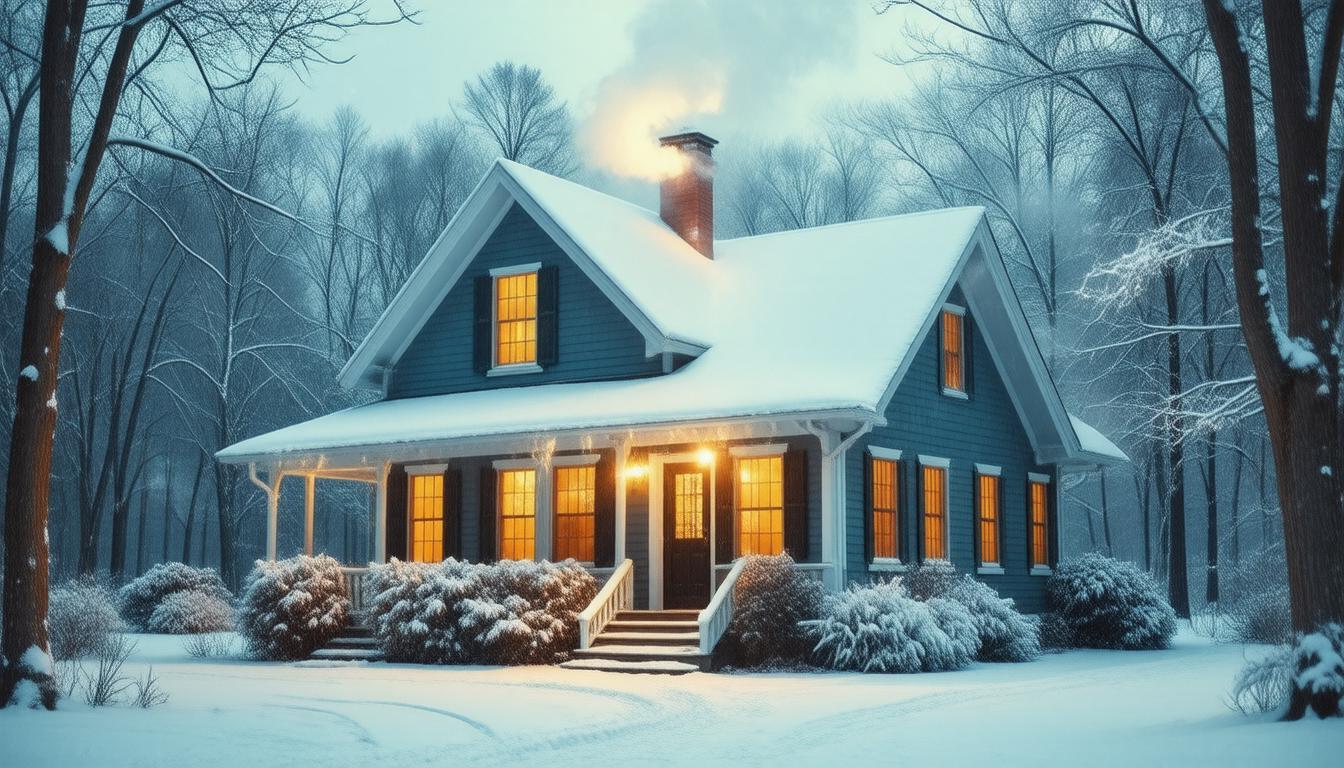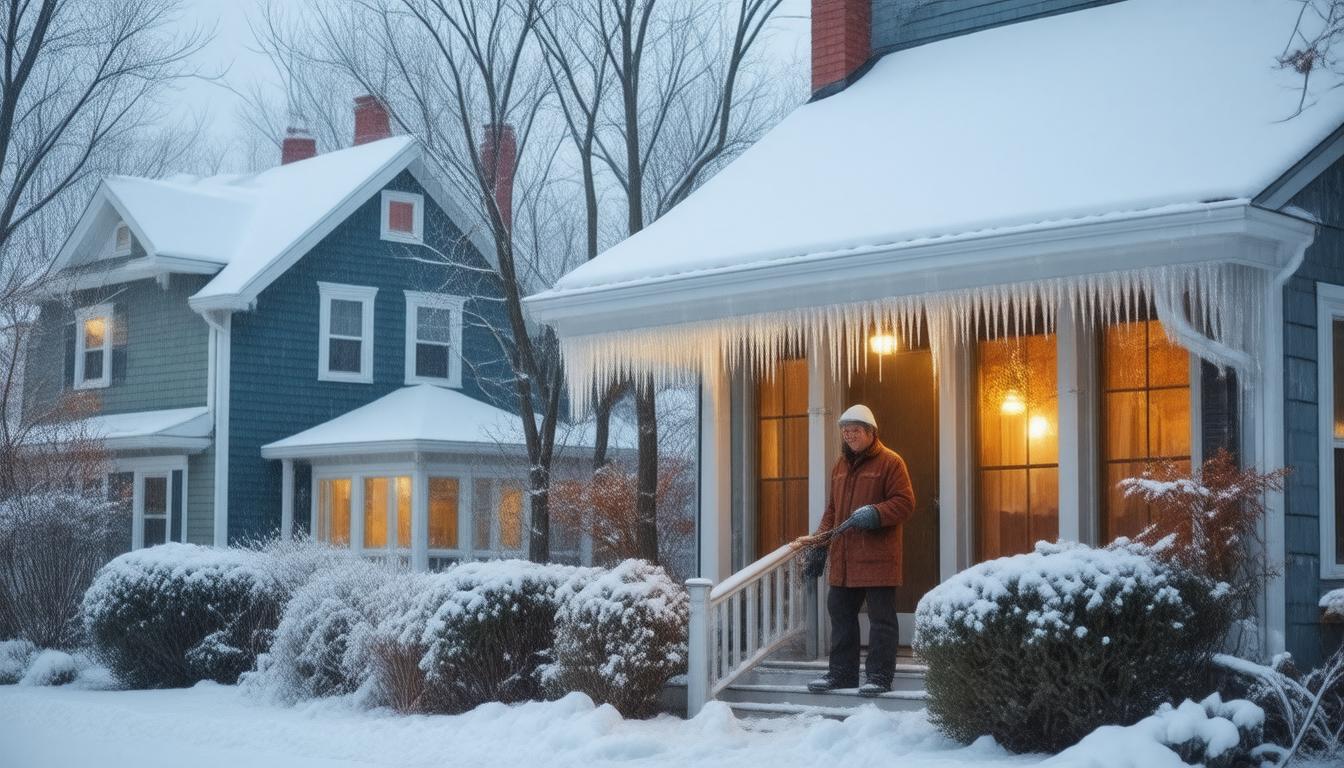

Understanding the Fundamentals of Home Inspections
Home inspections are a vital part of the home-buying process, offering potential homeowners an in-depth view of a property’s condition before they make a significant investment. This walkthrough helps to weed out any potential problems that might require immediate or future repair, ensuring the buyers are fully informed about the property they are considering.
What is a Home Inspection?
A home inspection is an objective visual examination of the physical structure and systems of a house, from the roof to the foundation. Performed by a professional home inspector, the inspection covers an array of essential components of the home to ascertain its overall state and safety. It typically occurs after a buyer has made an offer on a house but before the sale is finalized.
Key Components of a Home Inspection
Though home inspections can vary depending on the inspector, the climate, and the age, type, and location of the home, certain fundamental aspects are always covered:
- Structural Elements: The inspection will check for the solidity of the walls, ceilings, floors, roof, and foundation.
- Exterior Evaluation: This includes examining sidewalks, driveways, doors, windows, and the condition of exterior paint or siding.
- Roof and Attic: The inspector looks at the condition and age of the roof, its drains, gutters, and any visible insulation or ventilation systems.
- Plumbing: Identification of pipe materials used for potable, drain, waste, and vent pipes, including their condition. The inspector also checks for water heaters, toilet operation, showers, and sinks.
- Systems and Components: This involves checking the heating and cooling systems to determine their age, energy rating, and functionality.
- Electrical: Main panel, circuit breakers, types of wiring, and the number of outlets in each room are checked.
- Fireplaces: The inspection includes the condition of the fireplace, vent and flue systems.
- Basement, and/or Crawl Space: The foundation and any potential for flooding or leaking are checked.
The Importance of a Home Inspection
A home inspection can reveal issues that might not be noticeable to the untrained eye. For instance, problems with wiring, plumbing, or structural issues, which could be costly to repair after the purchase is finalized. By identifying these issues early, a buyer can negotiate repairs or price with the seller, or even decide to back out of the deal if necessary.
Choosing a Home Inspector
Choosing the right inspector is crucial. Prospective buyers should seek out licensed professionals with a strong reputation and plenty of experience. It’s advisable to look for a member of a recognized industry association, such as the American Society of Home Inspectors or the International Association of Certified Home Inspectors. These professionals are required to adhere to specific standards and can provide a thorough inspection followed by a detailed report.
The Home Inspection Report
After the inspection, the home inspector provides a written report detailing every aspect they checked, along with photographs and descriptions. This report is a crucial document that helps the buyer understand the property’s condition and make an informed decision. It typically includes information on any damage found, the severity of these issues, and whether rectification is necessary or recommended.
In conclusion, understanding the fundamentals of a home inspection is crucial for anyone entering the housing market. It ensures buyers are informed and protected, making it an indispensable part of the property buying process.







